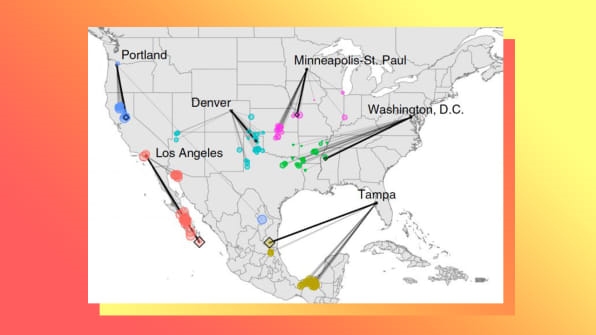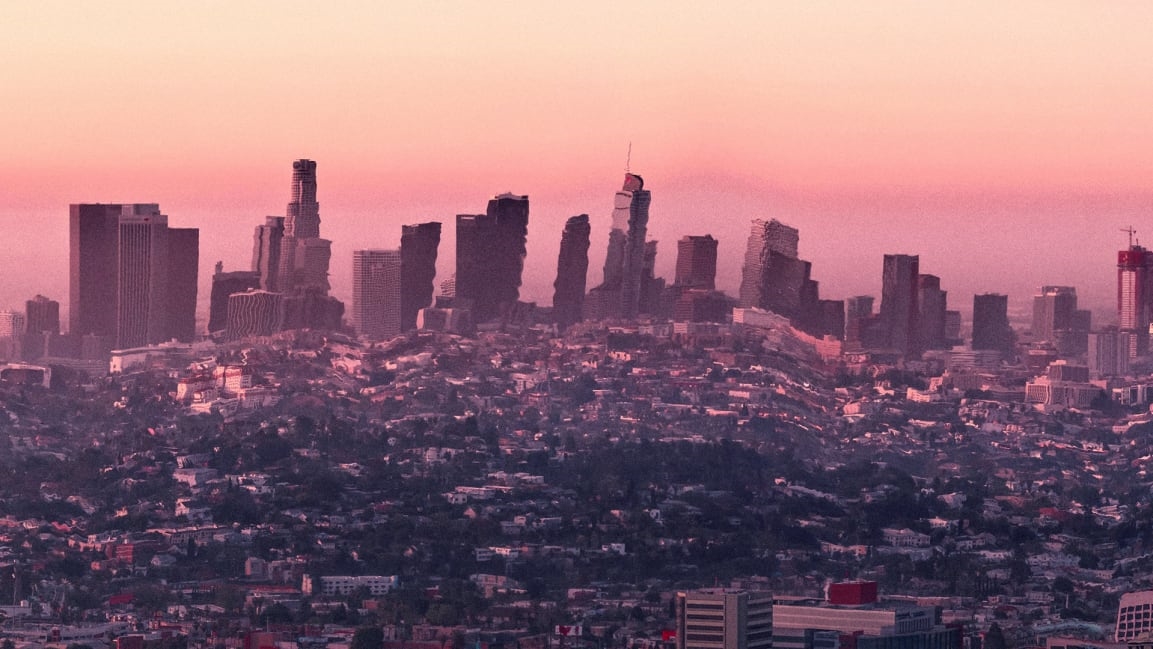Your city’s climate will feel like somewhere completely different in 60 years
Sixty years from now, Portland, Oregon could feel as hot and dry as the Central Valley of California. San Francisco could feel like L.A. New York City might become as warm and humid as Jonesboro, Arkansas; Jonesboro could feel like the Gulf Coast of Texas. Houston might get as scalding and rainy as Ciudad Mante, Mexico.
A new interactive map outlines how the climate could change in 540 North American cities if humans continue emitting greenhouse gases in a business-as-usual scenario–and what might happen if emissions peak in 2040 and then start to fall.

“I wanted to communicate future climate forecasts in a way that would resonate more with people,” says Matt Fitzpatrick of the University of Maryland Center for Environmental Science, who published a new study in Nature Communications about the “climate analogues” of each city and helped create the new map. “We often hear in the media about future climate forecasts–five degrees Fahrenheit of warming expected by 2050, et cetera–and those descriptive abstract statistics never really resonated very well with me, even as a scientist that works with those data. I was curious: What does that mean for climate where I live?”
Others have created similar maps in the past; Climate Central, for example, mapped how much hotter certain American cities may be in the summer by the end of the century. The new map also looks at how precipitation may change, and considers a very large number of climate scenarios. “We’re doing this in a statistically robust way,” he says. It’s meant to very clearly illustrate the impact of the choices that the world makes now about moving to a zero-emissions economy.
“In both of these scenarios, these are pretty dramatic transformations of climate over the next 60 years,” Fitzpatrick says. “The reduced emissions aren’t as bad, but the high emission scenario is really bad. There are going to be some pretty dramatic changes if we follow that pathway.”
(7)



